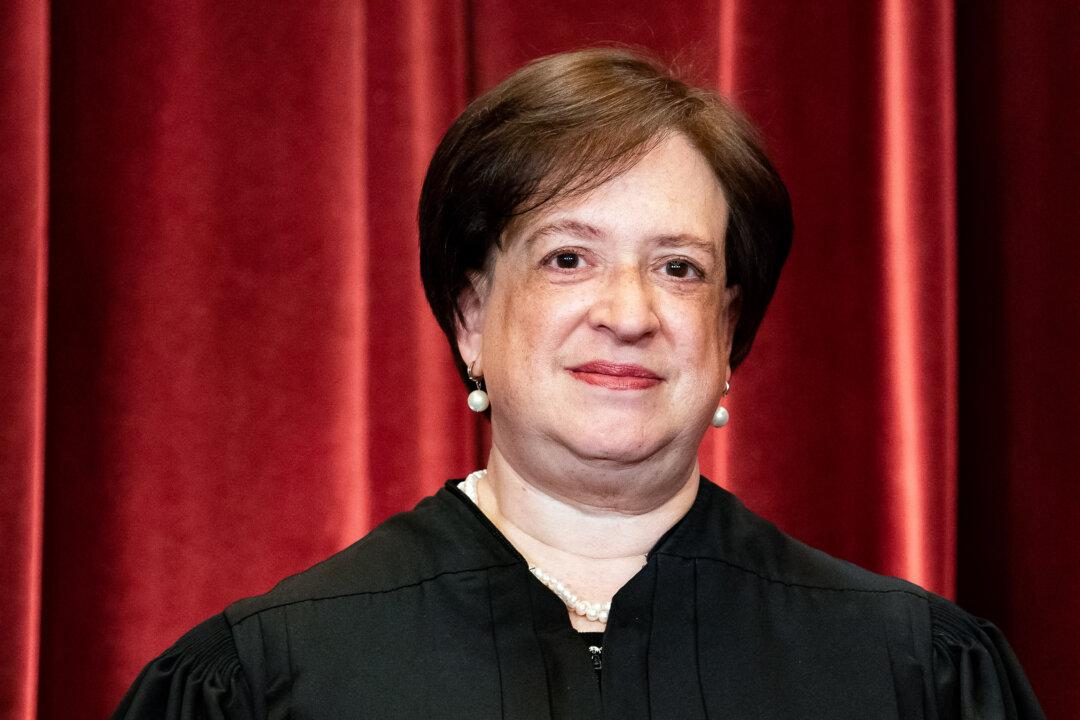The company that owns Kmart and Sears—retail juggernauts of yesteryear—will now close 96 locations across the United States, representing about one-third of its stores, it was reported.
Over the past month or so, there have been reports saying that more than 100 Sears and Kmart locations would close.
The latest round of closures will leave the firm with 182 Sears and Kmarts. Over the past 15 years, Kmart and Sears closed 3,500 stores and cut about 250,000 jobs.
On Thursday, Transformco also said it has $250 million in new financing as it grapples with how to run its remaining stores.
Their previous parent firm filed for Chapter 11 bankruptcy protection in October of last year before emerging from it in February 2019. Eddie Lampert, and his hedge fund ESL Investments, arranged a deal at the time to rescue the two chains.
The firm on Thursday acknowledged that it “has faced a difficult retail environment and other challenges” since February.

“We have been working hard to position Transformco for success by focusing on our competitive strengths and pruning operations that have struggled due to increased competition and other factors,” Transformco said.
New liquidation sales will start on Dec. 2 and will end in February 2020, it said.
The Sears Hometown Stores brand will not be affected by the closures, according to USA Today.
“We will endeavor to create and deliver value through a strategic combination of our better-performing retail stores and our service businesses, brands and other assets, and expect to realize a significant return on our extensive portfolio of owned and leased real estate,” Transformco said.
Corporate layoffs were also confirmed over the past several weeks, it said.

Other Bankruptcies
Several U.S. retailers have filed for bankruptcy over the past two years, including Forever 21 and Toys ‘R’ Us.The fast-fashion retailer filed late on Sunday to restructure its business and requested approval to close up to 178 U.S. stores. Forever 21 listed both assets and liabilities in the range of $1 billion to $10 billion, according to the court filing.
The U.S. discount retailer in February filed for Chapter 11 bankruptcy protection for the second time, along with its North American subsidiaries. The retailer had said it would close about 2,500 stores in North America and wind down its e-commerce operations.
The toy retailer filed for Chapter 11 in September, hoping to restructure some $5 billion in debt, much of which stemmed from a $6.6 billion leveraged buyout by private equity firms in 2005. It liquidated in 2018, a blow to hundreds of toy makers that sold products to the chain, including Barbie maker Mattel Inc and rival Hasbro Inc.
The U.S. electronics chain filed for bankruptcy in March for the second time in a little over two years, faced with a challenging retail environment and an unsatisfying partnership with wireless provider Sprint Corp.
In September, the pharmacy and discount retailer said it filed for Chapter 11, months after the company began shuttering hundreds of unprofitable stores in the United States.
The children’s clothing retailer filed for bankruptcy protection in January, the second in almost two years, and said it would close more than 800 Gymboree and Crazy 8 stores.
The appliances and electronics retailer and its Gregg Appliances Inc unit filed for bankruptcy protection in March, as they continue struggling with declining sales for about the past four years.





